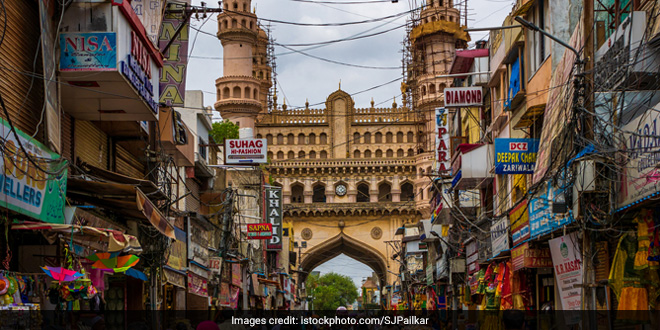New Delhi: On June 2, 2014, Telangana was carved out of Andhra Pradesh and declared the 29th state of India. The youngest state with a population of 3.5 crore (3,50,03,674) is one of the top 10 performers among 21 large states, according to NITI Aayog’s Health Index report titled ‘Healthy States, Progressive India’, released in 2019. This is an improvement over its previous rank of 11. and joined seven large states who bettered their overall scores. The performances of the states were determined on various health indicators including under-five mortality rate, sex ratio at birth, neonatal mortality rate.
Here’s a look at Swasth Report of Telangana and its performance on health:
- Infant Mortality Rate (IMR): The state of Telangana needs to be appreciated for having infant mortality rate (IMR) that is the number of infant deaths per 1,000 live births at as low as 28, as per National Family Health Survey (NFHS -4) conducted in 2015-16. On the other hand, the national status is 41 per 1000 live births. So the state’s performance has been far better than the country’s, in the same period.
- Under-Five Mortality Rate (U5MR): Under-five mortality rate (U5MR), the probability of dying before completing the age of five is a critical indicator of child survival. According to the NFHS-4 data, the state’s U5MR is 32 (per 1000 live births) whereas the national status is worse at 50 (per 1000 live births).
- Malnutrition: The state has shown drastic improvement in child malnutrition, an umbrella term for conditions like stunting (low height for age), wasting (low weight for height), underweight, among others. As per the Global Burden of Disease Study 1990–2017, child stunting in the state has dropped from 40.9 per cent in 2010 to 31.7 per cent in 2017. The drop of 9.2 per cent is better than an all India decline of 8 per cent in the same period.Child wasting also fell from 23.7 per cent in 2010 to 19.1 per cent in 2017. The drop of 4.6 per cent is way ahead of the national decline at 1.4 per cent.
The prevalence of underweight children too witnessed a downward trend in the state. In 2010, the underweight children was at 38 per cent and in seven years, the percentage came down to 28.3 per cent. The significant decline of 9.7 per cent is more than an overall decline of 8.2 per cent seen in the country, during the same time period.Also Read: Swasth Guide: A-Z About Malnutrition And What It Entails
- Anaemia Among Children And Women: The state has shown an improvement in cases of both child and women anaemia, as per the Global Burden of Disease Study 1990–2017. While child anaemia had a sharp decline of 10.2 per cent (from 72.8 per cent in 2010 to 62.6 per cent in 2017), anaemia in women fell by 3.9 per cent (from 63.1 per cent in 2010 to 59.2 per cent in 2017).The decline is better when compared to the country’s performance as in India while the cases of child anaemia dropped by 8.1 percent, a drop of only 2.7 per cent was registered among anameia in women.
- Diarrhoea: Like other health indicators, Telangana showed massive progress in cases and deaths due to acute diarrhoeal diseases, states National Health Profile 2019. In 2017, over 4 lakh (4,87,099) cases and 1 death were recorded due to diarrhoea in the state. By 2018, the number of diarrhoea cases shot up to 4.88 lakh (4,88,094), death cases remained unchanged at 1.
In 2017, of the total 1.3 crore cases (1,34,16,748) of diarrhoea in India, the state’s contribution was 3.63 per cent. Whereas in 2018, this contribution went up to 3.69 per cent to the total 1.31 crore cases (1,31,94,775) of diarrhoea.
Note: National Family Health Survey (NFHS-4) fieldwork for Telangana was conducted from February 2015 to May 2015 and gathered information from over 7 thousand (7,786) households, 7,567 women, and 1,054 men.
For the Global Burden of Disease Study 1990–2017, the data for Telangana was disaggregated from its parent state based on its current district composition.
























